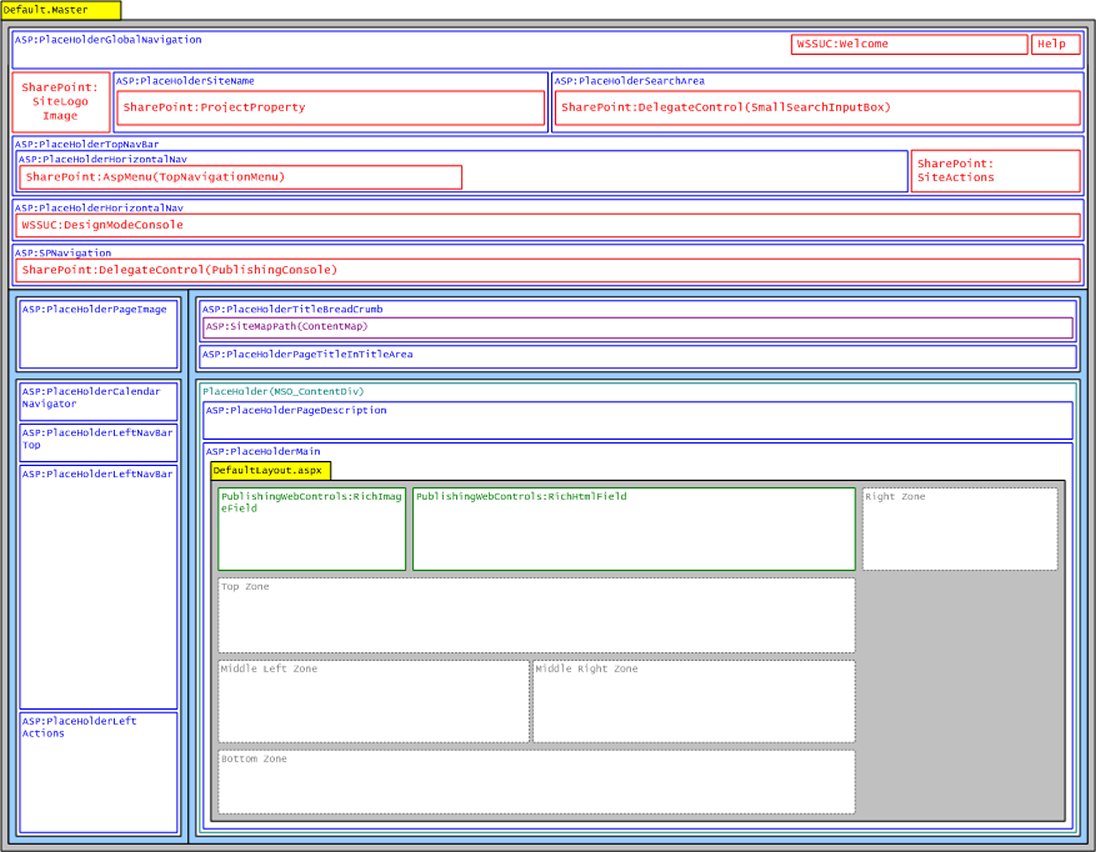Don't you just hate it when you are presented by a slide that you can just barely read because there is just to much information on it? And then when you think the presenter is going to talk about it, you could't have be more wrong because then he/she asks "well it's basically all there on the slide so just read". Well for those presenters Shane at Graphical Wonder posted a good article about presentation techniques ;)
Below are the top 10 things I would have talked about in order to encourage a new way of thinking when delivering presentations:
1) The “presenter” should be the focus NOT the slide-deck, not the bullet points and not even the content. A good storyteller will keep your attention even when the content is dry. It’s funny because you almost always hear “We’ll get you the slide-deck” in the end - the truth of the matter is a really good presentation would usually be worthless without the presenter.
2) Visuals, Visuals, Visuals! You have all heard the expression - A picture is worth a 1000 words right? Why is it that 80% of the time when I look up during a technical presentation I see the 1000 words … which brings me to my next point
3) Minimize that content - I cannot count the number of times I look up to see a full page of text with 2-3 paragraphs. 30 bullet points, and they talk about it for 8 seconds.
4) While on the topic of bullet points, noone says you “have” to use them - in fact a good visual will draw a single picture when a bullet point allows your audience to draw 100 different variations. Take a look at this visual for example.
5) Dare to be different - People will remember the simple things that really stand out - Think Seth Godin and the Purple Cow. If you drive down the street and see 100 cows you probably won’t remember them, however if one of those are purple you certainly will.
6) Keep it simple - Especially with visuals. I often look up to see a chart that for all I know could potentially be describing the molecular structure of a snowflake. To quote Einstein - “Everything should be as simple as possible, but not simpler”.
7) Know your audience (before hand) - if you know who you are delivering too you are ahead of the game
8) Focus on “A super cool feature” rather than a full gamut, people love cool stuff. This really rings true with Demo’s.
9) Keeping them wanting more is never a bad thing howevergiving them too much, that’s a whole other story.





